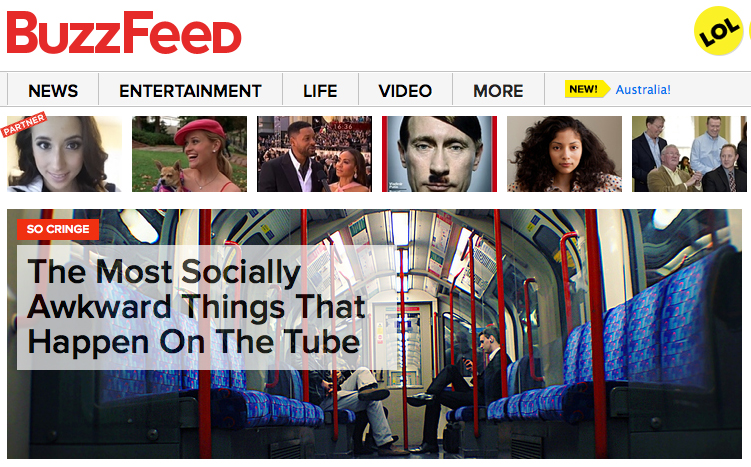Want an editorial job on a newspaper? How are your data skills?
 Over the course of a few short years digital technology has fundamentally changed our publishing industries. Daily and weekly print editions have been replaced by constantly updated websites, apps, and digital downloads. Not only that, but the way we tell and adsorb stories has also changed.
Over the course of a few short years digital technology has fundamentally changed our publishing industries. Daily and weekly print editions have been replaced by constantly updated websites, apps, and digital downloads. Not only that, but the way we tell and adsorb stories has also changed.
To accommodate new formats and ways of sharing information, those working in publishing have been forced to adopt new skills. A keen editor now knows as much about the social media impact of their content and they do about story sources. But what do we really know about the skills publishing will require in five years time? What talents will staff need to remain relevant?
Over the past few weeks, I’ve been talking to senior managers across the newspaper industry to gain some insight into their recruitment needs. For those who have been paying close attention to the sector, much of what they’re saying won’t be hugely surprising , but over my next few posts I thought I’d share some insight for the benefit of any job-seekers out there.
Unsurprisingly, the editorial departments of large newspapers place an increasing importance on a candidate’s digital skills. But it isn’t just knowledge of appropriate software and social media tools that editor’s are looking for now.
A senior broadsheet editor told me they are now actively seeking out journalists who have an understanding of new ways of presenting content online – and this doesn’t just mean new ways of presenting text, but also data, video, multimedia, infographics.
“We’re looking for people who understand storytelling in all its forms,” he said. “In the old days, if we wanted our readers to understand the reasons behind the housing bubble, we’d contact our housing expert and he’d write a couple of thousand words. Buzzfeed managed to convey almost exactly the same information in just a few slides.”
In an era dominated by clickbait and inane listicles, I’d never seriously advocate the Buzzfeedisation of all editorial content, but the editor makes a good point about how upstart website’s are presenting information in new an engaging ways for the reader.
Nowadays, it’s difficult of overestimate the importance of interpreting and visualising data. So, for newspapers, the trick when recruiting for an editorial job is to find candidates that combine all the old proficiencies of journalism – fact checking, shorthand, legal knowledge, ability to write stories, good contacts – with a wholly new set of skills.
The Guardian has been excellent at data-driven storytelling for some time, and newer outlets like The Upshot (run by the New York Times) are doing fantastic work in using visualisations to make highly complex economic and political concepts easier for the layman to interpret.
At the popular end of the newspaper market, the website of the Daily Mirror is running successful experiments with a new site called Ampp3d, which follows in the footsteps of UsVsTh3m, it’s first foray into using data-driven journalism to create content that can be shared socially.
When we think about newspapers we still tend to think about text. Of course, this remains important but, increasingly, audiences want to digest information from data sets that are presented in a compelling visual way. And what they audience wants, the audience gets. So expect more ads for editorial roles on newspapers to list ‘skilled with interpreting data’ not just as a preferred competence, but as a key requirement.